I was asked to write on how the culture sector would contribute to putting Palestine back on track after the COVID-19 crisis. This might seem like a logical question at first, but it made me think. Were we on the right track before COVID-19? Is it a track we want to put “Palestine” back on? If anything, the recent crisis has amplified the systematic injustices and structural failures that already existed; it has tested our resilience and showed us how easy it is for assumptions to collapse and make way for new ones.
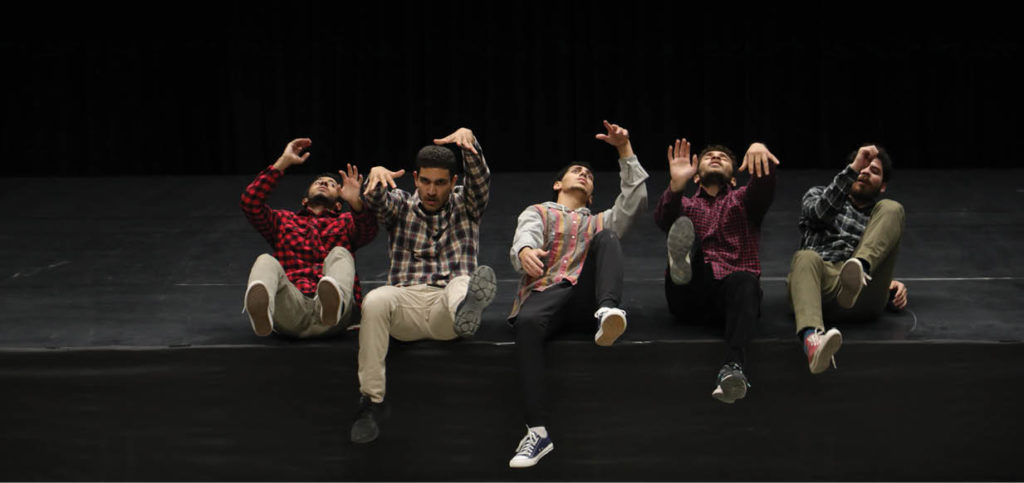
I would like to start by stating what I think is basic information. First, the world has moved beyond the redundant question about the value of culture and its contribution to society, and we should not fall into that trap. Second, the Palestinian cultural “project” has been concomitant to the national liberation movement; artists, writers, thinkers, and other actors intertwined their personal passion and creative drive with the struggle against the occupation. In the past two decades, the culture sector, like others in the West Bank and Gaza Strip (WBGS) and beyond, underwent structural changes. It has become more dependent on external donor funding, more institutionalized, and its core value has been put into question as the “national project” becomes more fragmented – to say the least. But, nonetheless, independent cultural production has not stopped, and it has continued to be the key sector that transcends our fragmented realities, challenges mainstream assumptions, and connects us with the world. Third, the precariousness that has characterized the sector for the past few decades has deepened with each crisis, as the sector is pushed towards finding innovative tools to resist and create despite meager resources. It is probably because of that chronic precariousness and the innate urge to create that culture action and production continue. But how long can this be sustained?
Culture is simply a basic human need and right, and its intricate and implicit contribution to each of us as individuals and to our collective consciousness and existence cannot be measured solely by monetary means.
For years, the independent creative sector has been at the forefront of production, balancing excellence and political engagement. Funding sources continue to dwindle, however, due to shifting regional and local priorities, and additional political constraints are emerging. The more vulnerable components of the ecosystem will soon be faced with the choice between making a living or freedom as a core value. The particularity of the COVID-19 crisis was its scale and tempo, but one could argue that it was the worst-case scenario that needed to form the base for future planning. It has become imperative to work on safety nets for individual practitioners, smaller collectives, and even medium-sized organizations. It is time to rethink our modes of work, locally and regionally, to think about synergies that have been missed because we were trapped in rigid frameworks. We need to reconsider our tools and processes. We must reassess how we think of and engage with our audiences and communities, how we run our physical (and virtual) spaces, how we use technology, how we organize our festivals and exhibitions.…
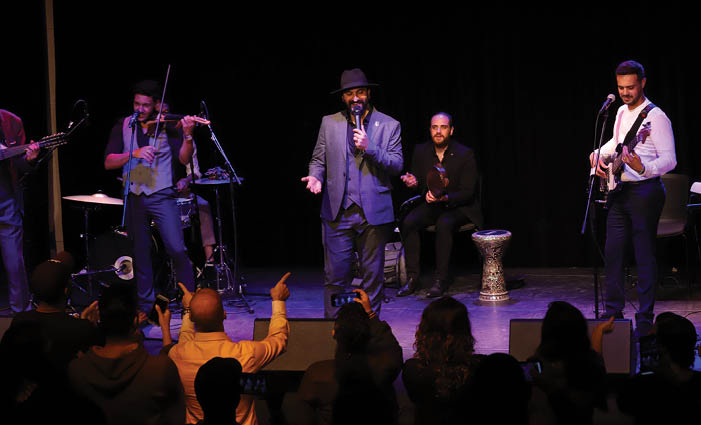
In the shorter and more medium term, and from within the existing “system,” providing a mix of policy changes and financial support would go a long way in allowing the creative sector to continue pushing the envelope. Given the enormity of fiscal challenges faced by any PA government, one cannot expect it to lend support in a manner comparable to EU countries.*1 Nonetheless, it should contemplate initiating a “solidarity fund.” The caveat here is, of course, that we must work on building up trust, both among the public and the cultural sector that seeks to remain independent, while ensuring a robust governance structure. Still, as odd as it may sound that I am advocating for a stronger government, public funding should be there, and it should be part of the support mechanisms given to the independent creative sector. On the other hand, as private structures that provide both in-kind and financial support to the sector, we must reexamine our priorities and means and take to heart the lessons we learned in the recent crisis. How can we support a more equitable ecosystem, and how can we continue to push for excellence?
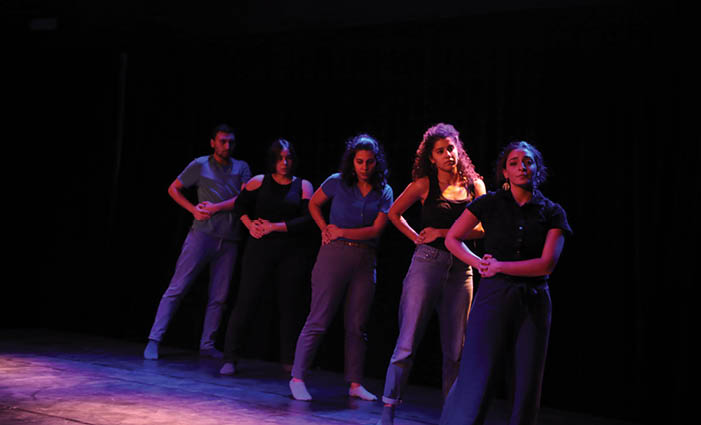
In addition to financial support, it is imperative to adopt policies that allow the sector to thrive and put more focus on the creative process rather than worrying about issues that impede such a process. The Ministry of Culture (MoC), probably one of the least-funded ministries in the PA (with less than 1 percent of the national budget), needs minimal budgets but a solid political will to follow through on the policy changes that the culture sector has been calling for, such as tax subsidies, copyright protection, and regulatory improvements. A key gap in any policy-related discussion is always the lack of reliable data on the sector. Despite the annual fact sheet published by the Palestinian Central Bureau of Statistics (PCBS) on cultural centers,*2 there exists no information about the exact details of this sector. Currently, a survey is being conducted by the UNESCO office in Palestine in partnership with the Drosos Foundation, the MoC, and the PCBS, based on the recently launched UNESCO Culture|2030 indicators framework. It assesses the contribution of the culture sector in Palestine, including tangible and intangible cultural heritage and creative industries, among others, to economic and social development.*3
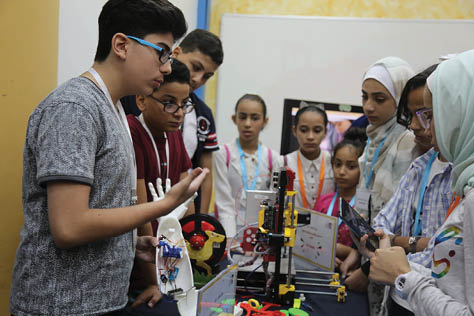
Our national project has been on a downhill track since the Oslo Accords, and with the onset of the “Deal of the Century,” the futility of classical approaches and cliché rhetoric can no longer be masked.
In addition, the MoC has recently announced that it is conducting a survey to assess the impact of COVID-19 on the sector. We are yet to see the results of either survey; as the former may be the first of its kind, providing much-needed information that can be used for further analysis and policy development, as well as advocacy for further support to the sector. A major caveat, though, is the geography of such studies. For politically obvious reasons, the data would not include anything about cultural practices outside the 1967 border or consider the diaspora, and hence it would provide a segmented view of the sector; we will have to wait to see the outcomes.
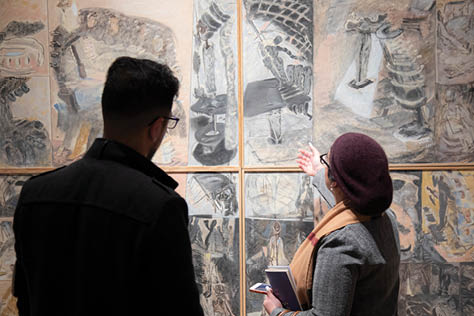
A creative, free, and well-nurtured cultural scene should be a national priority because only through emancipatory knowledge and practice can one break from present paradigms and develop new tools of resistance – the ultimate goal.
I would like to end this with two remarks. First, culture as a sector has been celebrated as the “last standing sector” in our struggle. This may hold some truth if the creative contribution continues, but it cloaks two assumptions: one is that it is a stand-alone sector and the other is that there exists some solid infrastructure that allows it to continue this struggle. Both are alarming, given that they assume self-sufficiency and sustainability, and simply put, this is not the case. The second remark is addressed to us as actors in the sector: it is time to question the validity of our methodologies, structures, and approaches. How radical are we willing to be? Freedom is our core value. Are we able to free our minds and question all the structures we have created over the years, consciously and unconsciously? We are sitting on shifting sands, and classical paradigms are no longer valid.
Unfortunately, the cultural sector, despite its relevance and even though it is quite celebrated in our national discourse, is the least supported and may also be the one for which we have the least data.
*1 In addition to tax relief, zero-interest loans, grants ranging from €250 to €5,000, countries such as Germany, Finland, the United Kingdom, and even Italy have provided support to artists and self-employed individuals for losses incurred due to cancelled events or for losses resulting from the COVID19 crisis; in addition to grants that target organizations as well. See “How Is the European Cultural Sector Responding to the Current Corona Crisis?” EU National Institutes for Culture EUNIC, March 31, 2020, available at https://www.eunicglobal.eu/news/how-is-the-european-cultural-sector-responding-to-the-current-corona-crisis?fbclid=IwAR3oW7fbYiYZIQW0Vc332mPtsWM9SRuQ4nT1dyTfYijsEi70QYa_Dyfmghs.
*2 Press Release by the Palestinian Central Bureau of Statistics and Ministry of Culture on the occasion of Palestinian National Culture Day, March 13, 2020, available at http://www.pcbs.gov.ps/portals/_pcbs/PressRelease/Press_En_12-3-2020-cult-en.pdf.
*3 The purpose is to measure and monitor the progress of culture’s enabling contribution to the national and local implementation of the goals and targets of the 2030 Agenda for Sustainable Development. The survey will also assess the policies and mechanisms put in place to enhance cultural practices, and the role heritage plays in sustaining Palestinian culture. For more information, please visit “Official launch of the project ‘Mapping the Culture Sector/Statistics in Culture for Development’ and ‘Re|Shaping Cultural Policies for the Promotion of Fundamental Freedoms and the Diversity of Cultural Expressions in Palestine,’” March 10, 2019, available at
https://en.unesco.org/news/official-launch-project-mapping-culture-sectorstatistics-culture-development-and-reshaping.


